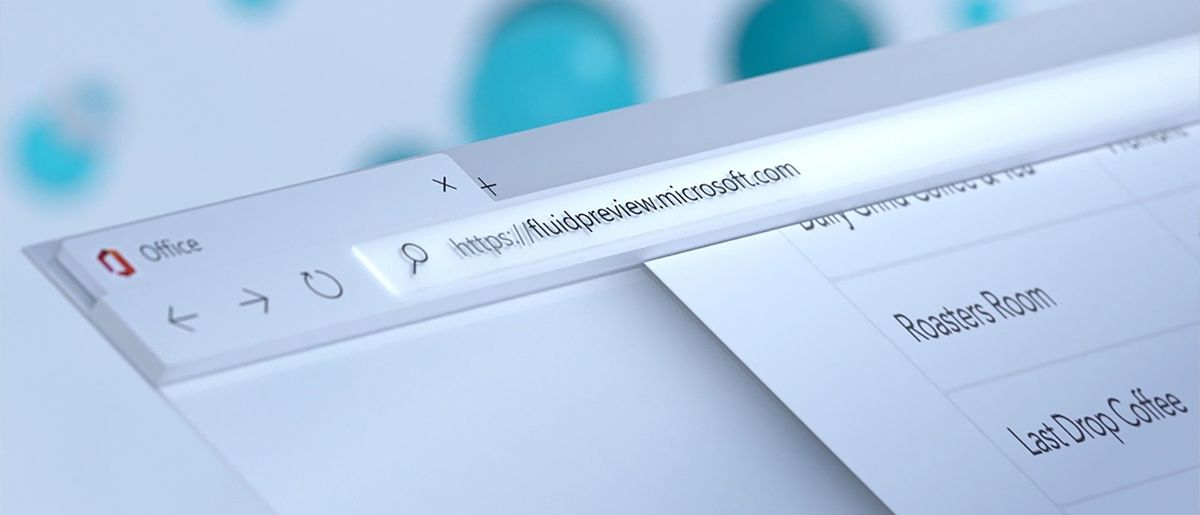
Microsoft Fluid is a new Office framework ready to take document collaboration in the cloud to the next level, from what we saw at the Microsoft Build 2020 event.
Fluid, introduced at the company’s streaming event, isn’t just an Office document, but a document built out of a series of interactive blocks for components like tables, lists, graphs, and the like. These elements can be edited by any Office user invited to edit them and they can be edited in any Office app.
What’s more, the components don’t live in any one specific document, so if you have a graph or table you want to include in a report written in Word, but also use it in a PowerPoint presentation that accompanies the report, you only need one component for both.
Importantly, these components aren’t finalized after they’ve been added to a document, so you can stick them in the document and as users edit the Fluid component, the component in your specific document will be updated automatically, whether or not you are editing the document at the time.
Taking a cue from Google Docs, Microsoft has moved more toward the collaborative shareable document model that has grown in popularity over the last decade. The Fluid component itself lives on the web and demonstrates how Microsoft is pushing to break out of the restrictive desktop application paradigm that even Google Docs, Sheets, and other apps are still tethered to.
Microsoft’s Fluid components to be open-source
Microsoft will also make Fluid components open-source, allowing the community to build on the framework to innovate the technology to new heights and accelerate their adoption. Their adoption of open-source development continues their acceptance of the movement that even a decade ago would have been anathema.
With Microsoft’s Edge browser rebuild being based on the open-source Chromium (the open-source tech that is also the foundation of Google’s Chrome browser), moving Office into the open-source realm is a logical step.
